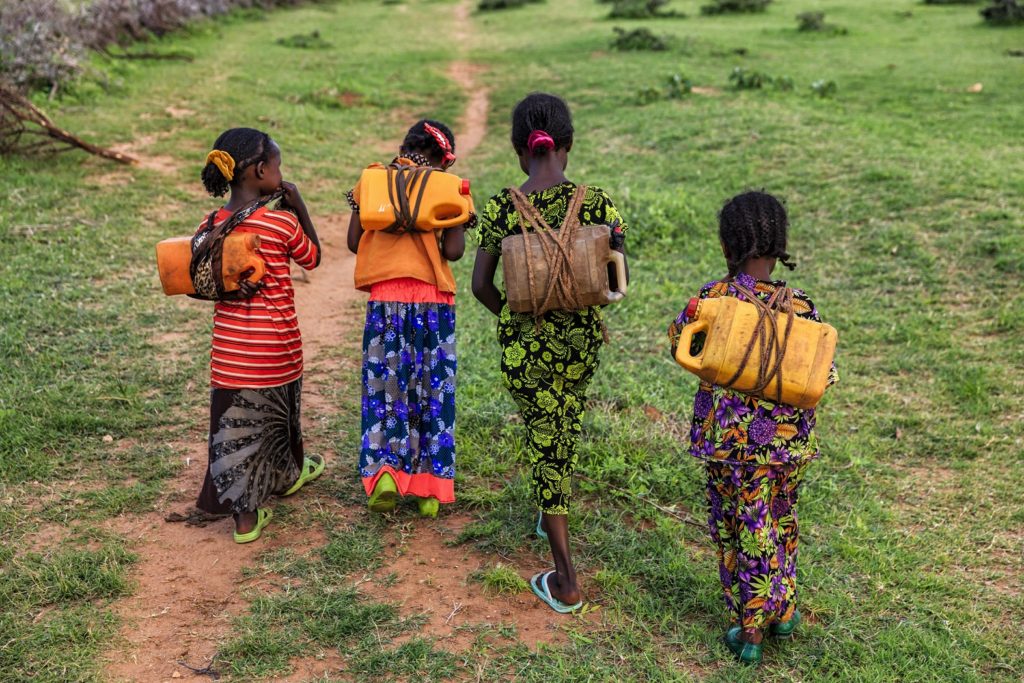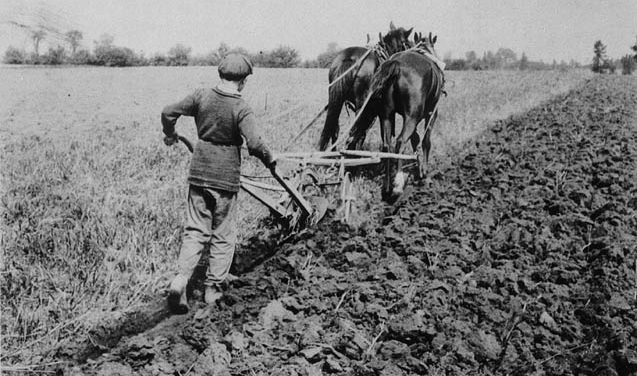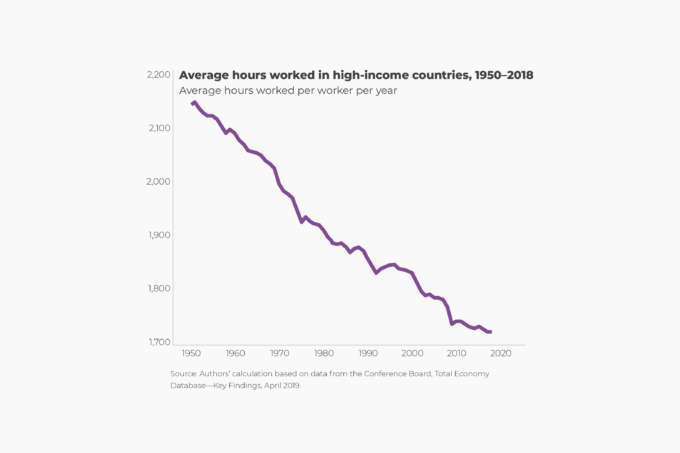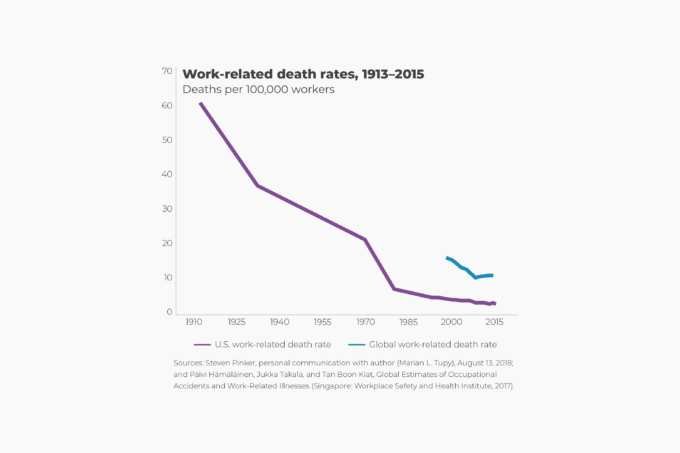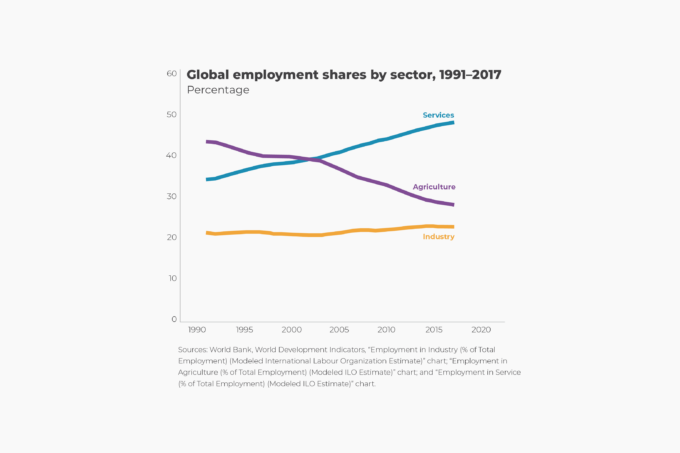Child labor was once ubiquitous. Before the mechanization of agriculture, which increased farm productivity, there were no “food surpluses” to sustain idle hands—including those of children. “The survival of the family demanded that everybody contributed,” writes Johan Norberg in his 2016 book Progress: Ten Reasons to Look Forward to the Future. “It was common for working-class children to start working from seven years of age.”
As agricultural productivity increased, people no longer had to stay on the farm and grow their food. They moved to towns and cities in search of a better life. At first, living conditions were dire, with many children working in mines and factories. By the middle of the 19th century, however, working conditions started to improve. Economic expansion led to an increased competition for labor, and wages grew. That, in turn, enabled more parents to forgo their children’s labor and send them to school instead.
Between 1851 and 1911, the share of British working boys and girls between the ages of 10 and 14 dropped from 37 percent and 20 percent, respectively, to 18 percent and 10 percent. In the United States, the share of working 10- to 13-year-olds fell from 12 percent in 1890 to 2.5 percent in 1930.
According to the International Labour Organization, child laborers as a proportion of all children ages 5 to 17 dropped globally from 16 percent in 2000 to 9.6 percent in 2016. That year, 19.6 percent of children worked in Africa, 7.4 percent in Asia and the Pacific, 5.3 percent in the Americas, 4.1 percent in Europe and Central Asia, and 2.9 percent in the Arab states.
The total number of child laborers fell from 246 million in 2000 to 152 million in 2016. Almost half of child laborers in 2016 were in Africa (72.1 million), 62.1 million were in Asia and the Pacific, 10.7 million were in the Americas, 5.5 million were in Europe and Central Asia, and 1.2 million were in the Arab States. Agriculture accounted for 71 percent of child laborers, services for 17 percent, and industry for 12 percent. In spite of continued population growth, the International Labour Organization expects that by 2025 the total number of child laborers will decline to between 121 million and 88 million.


